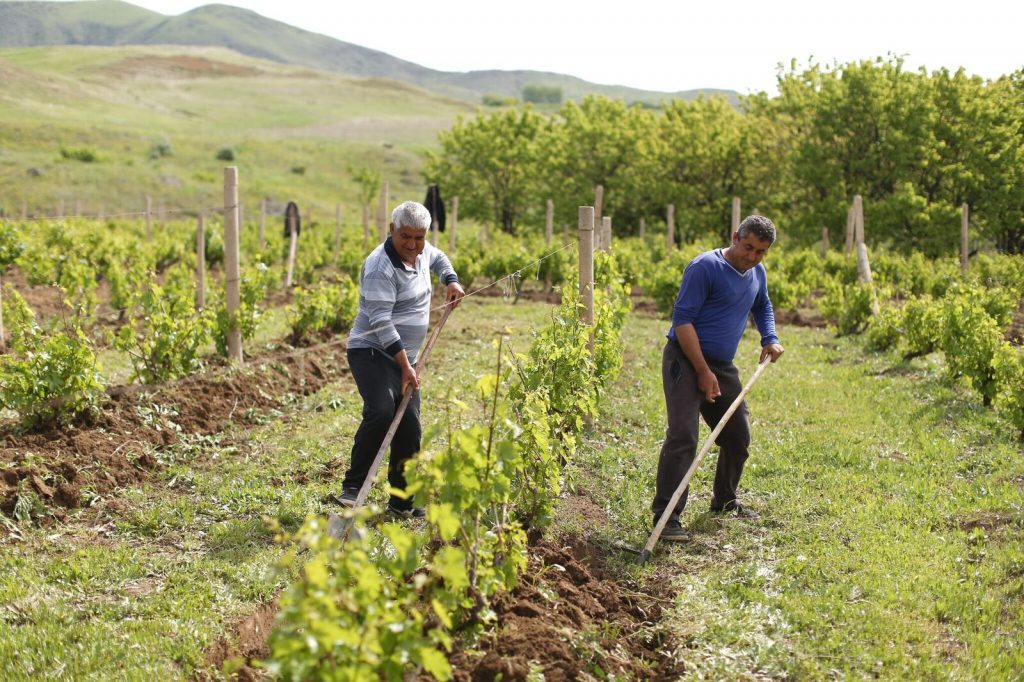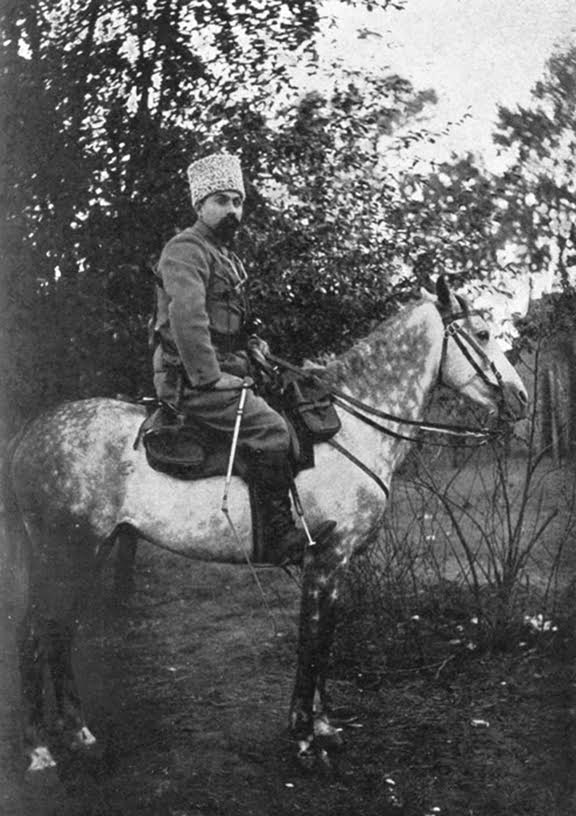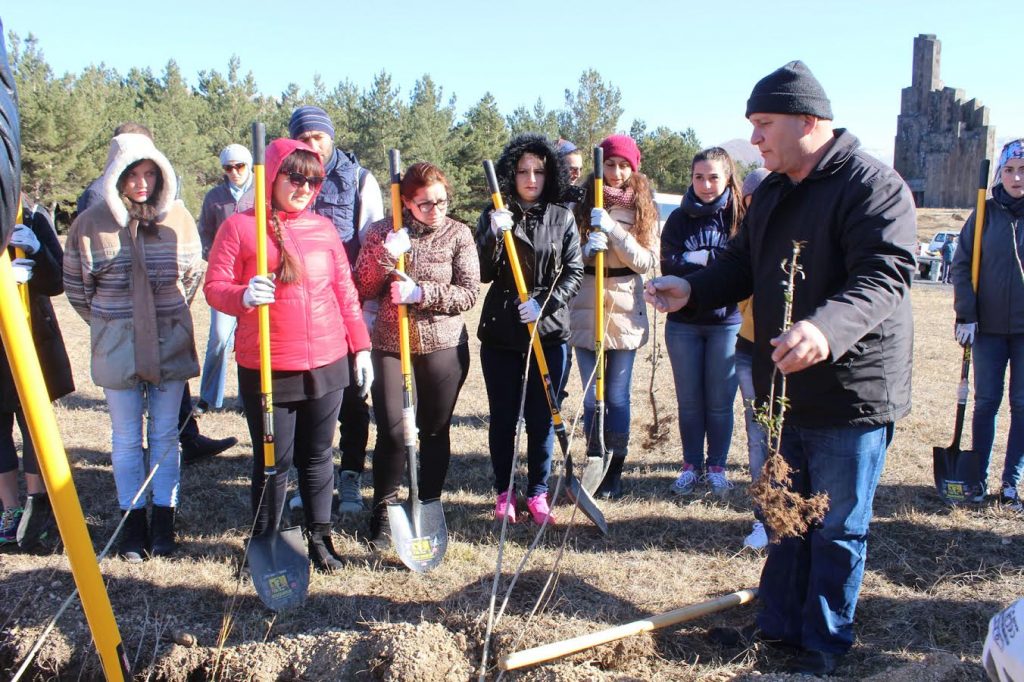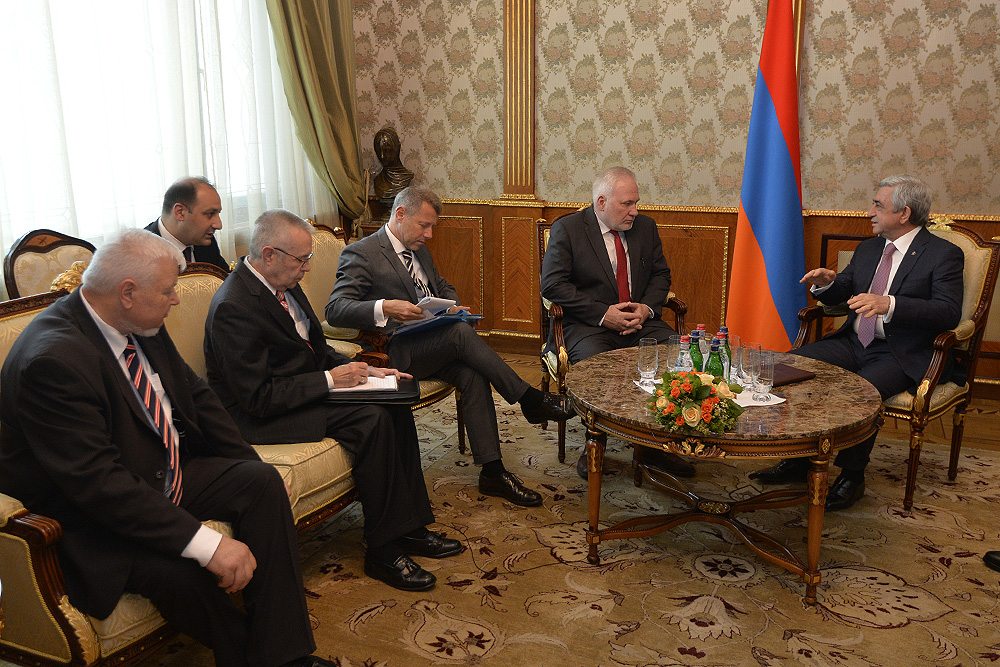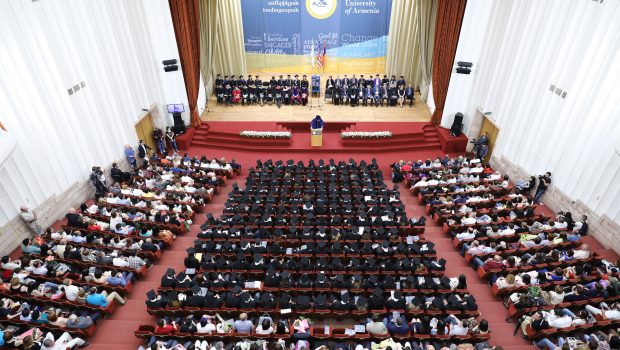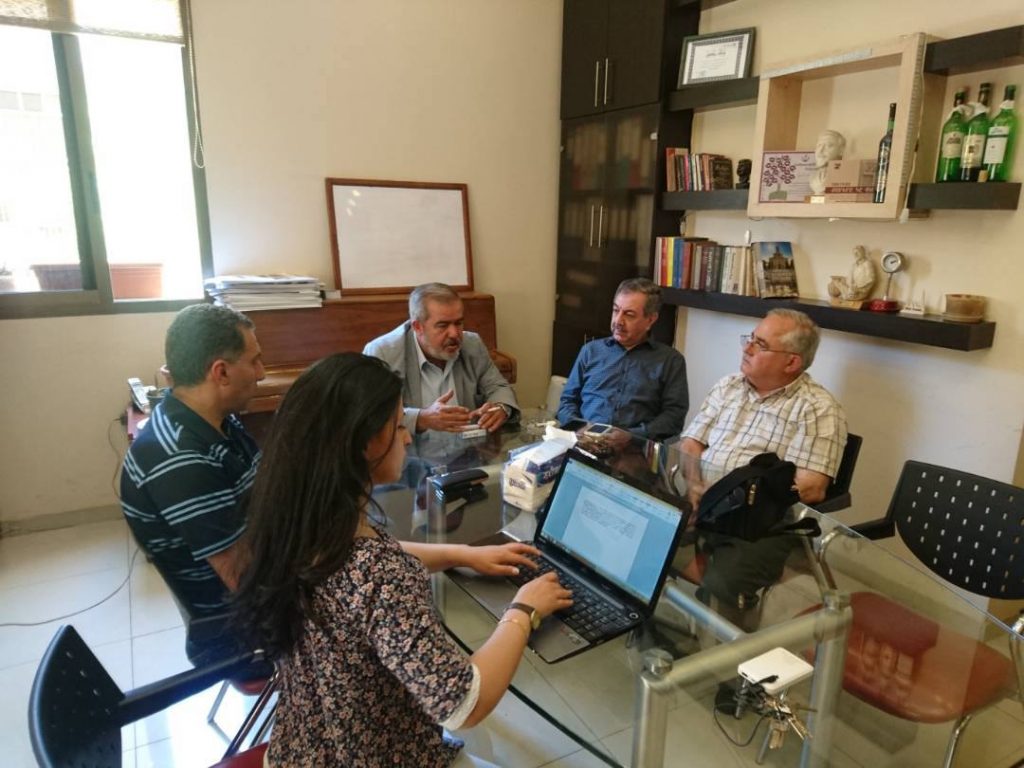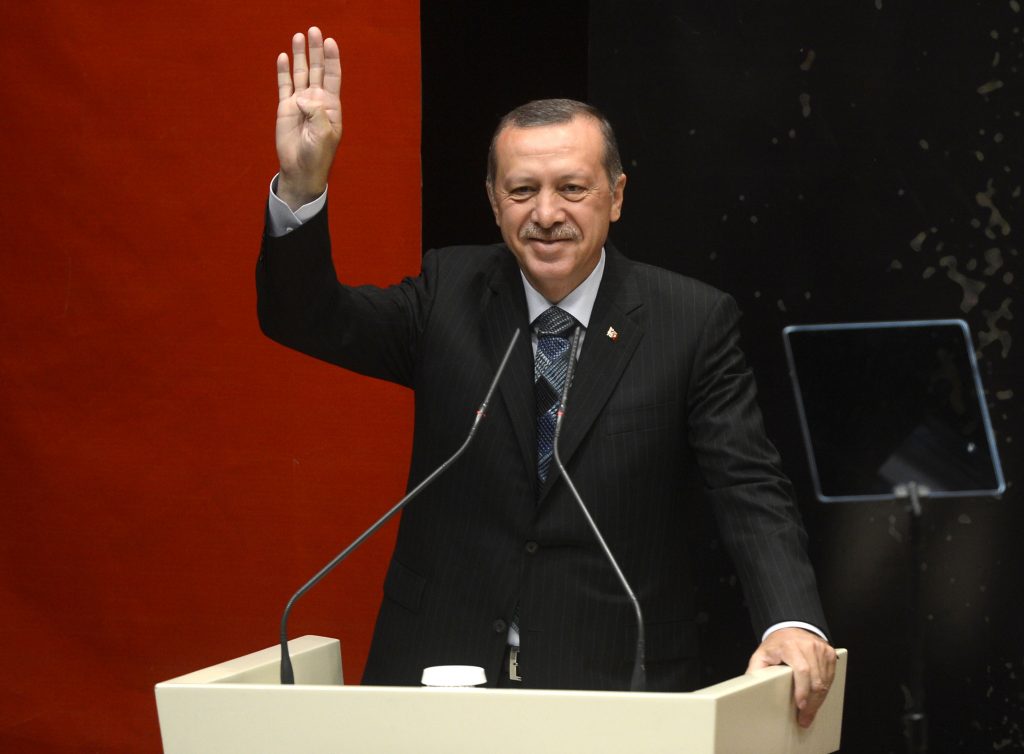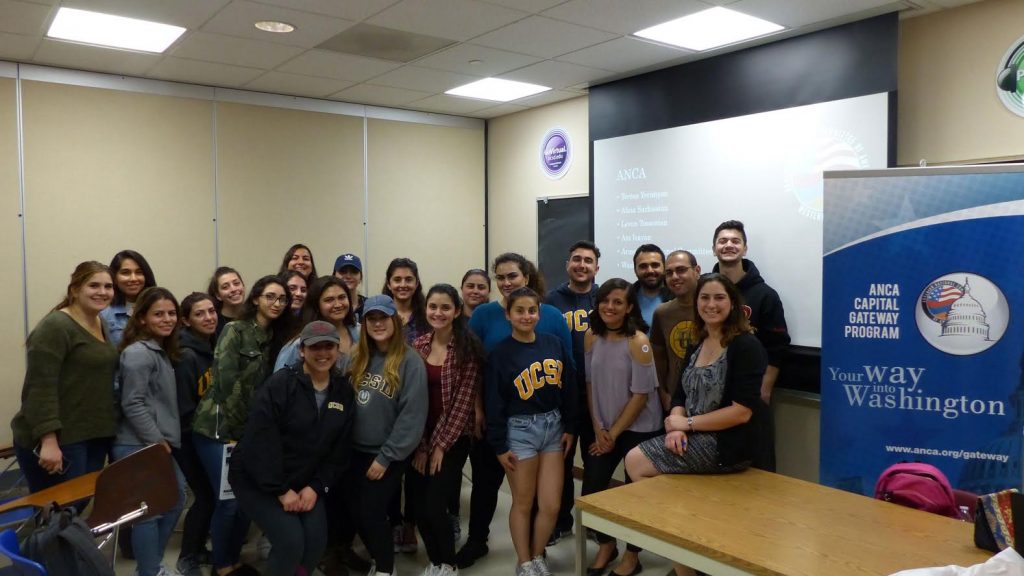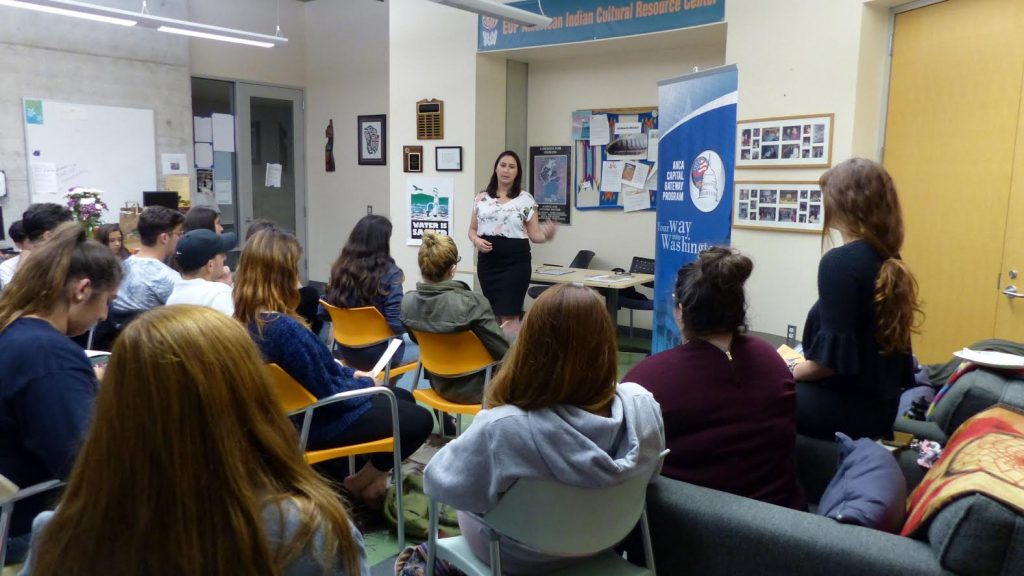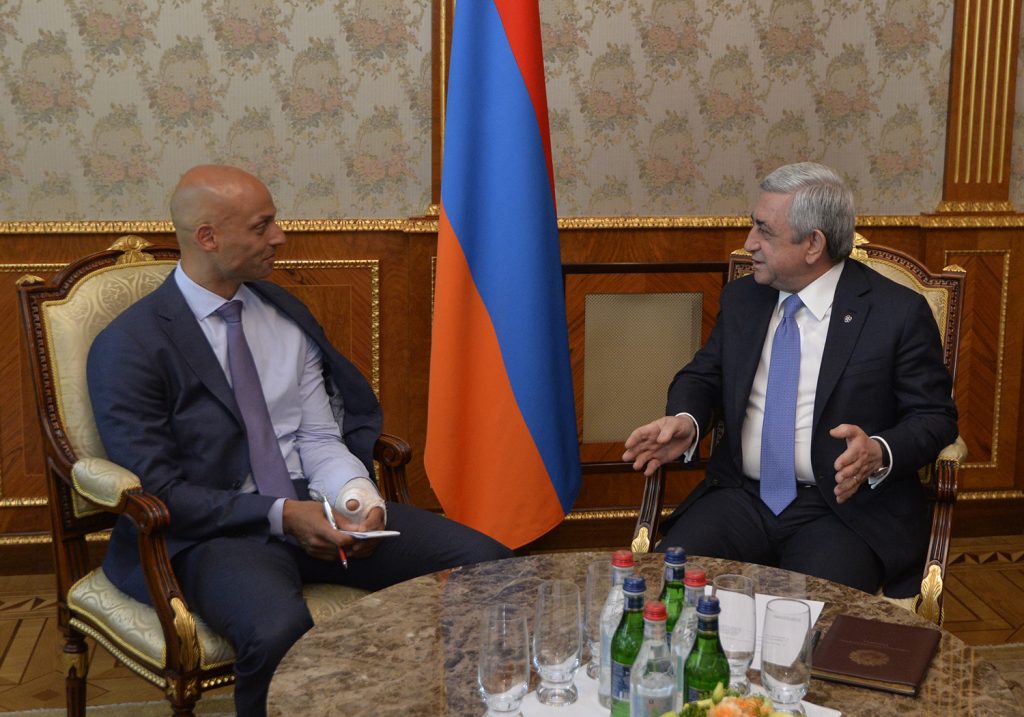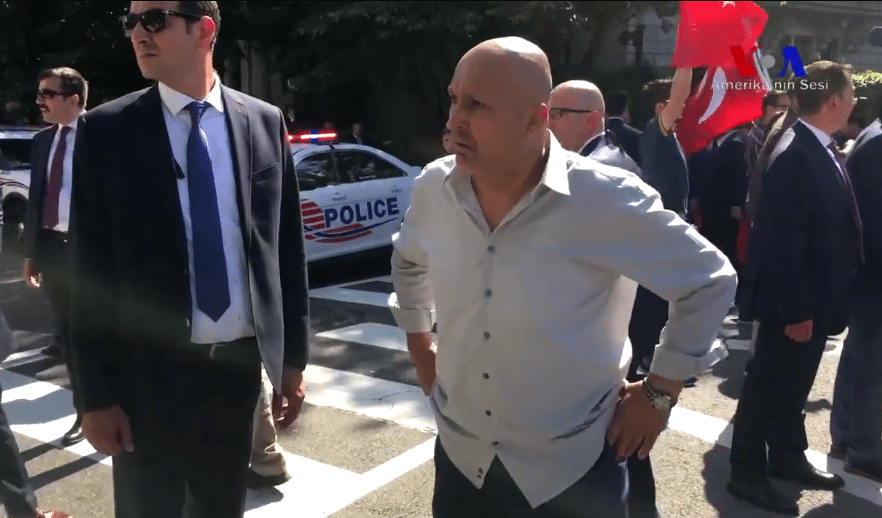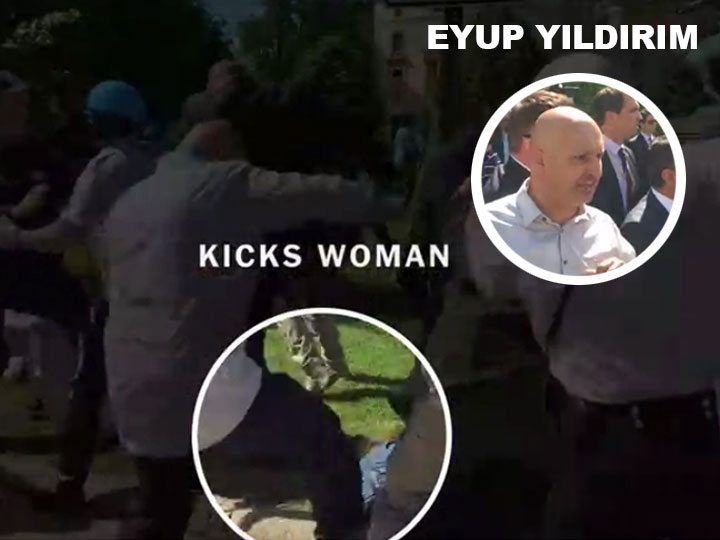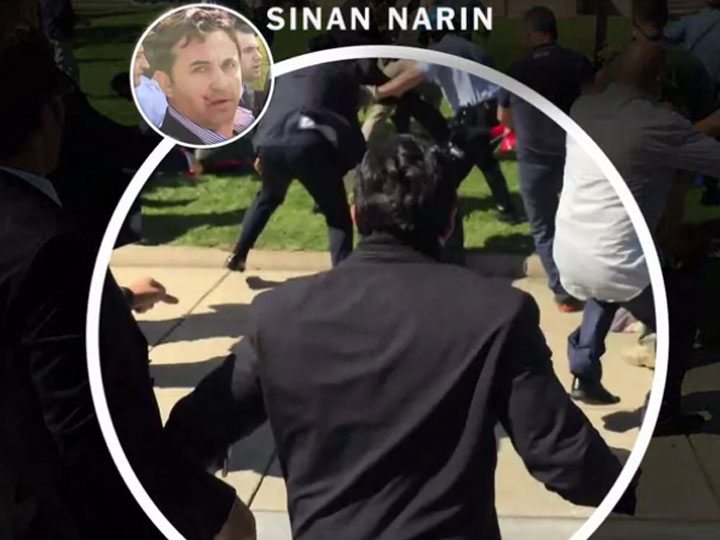![]()
The Armenian Cultural Foundation of Arlington, Mass.
ARLINGTON, Mass.—In pursuant of its mission, to sponsor programs in the arts and humanities for the advancement of culture in general, and the Armenian culture in particular, the Armenian Cultural Foundation (ACF) recently announced the launching of a new musical program. On June 25, at 3 p.m., the ACF, co-sponsored with Armenian International Women’s Association (AIWA) New England affiliate, will hold the inaugural concert of the Mirak Chamber Music Series, named in memory of John P. Mirak (1907-2000) entrepreneur, philanthropist, community leader, sole benefactor for decades, and late president of the ACF.
The Series aims to place the world’s finest classical music at the center of the cultural life of the Boston Armenian community in general and Arlington in particular. In line with the Foundation’s mission, to focus “on the history of Armenian music in the diaspora and on the role of Armenian women in the nation’s history,” the Series will showcase works by international and Armenian composers, with an emphasis on introducing works by Armenian women composers in Armenia and the Diaspora. On occasion, the Series will also feature and promote young and promising performers, and groups and premieres of newly written works.
With this inaugural concert, the ACF will also celebrate the rededication of the Foundation’s piano. The handsome ebony 1897 Steinway is the gift of the late Lillian Norian Moranian (1929-2006). Refurbished and extensively renovated, the Moranian piano will provide new opportunities for higher quality performances and musical events at ACF. Several noted and internationally recognized pianists have already praised the quality of this especial gift and pledged participation in future events.
Born in North Bergen, N.J., Lillian Moranian is the child of Armenian immigrants from Aintab: her mother was a survivor of the Armenian Genocide and her father was a businessman and philanthropist. She grew up in a musical home: two of her sisters were concert pianists. She received her formal education at Drew University in Madison, N.J.
For decades, Moranian and her husband played instrumental roles in the development of such important Armenian cultural and academic organizations as the National Association for Armenian Studies and Research (NAASR), the Armenian Museum of America (AMA), and AIWA.
Performing at the concert will be the NOR [“new” in Armenian] Trio, formed in Boston by the coming together of three instrumentalists, Nune Hakobyan (piano), Sarkis Karapetyan (violin), and Andrei Sobchenko (saxophone). A trio whose instruments do not traditionally comprise a classical trio, Nor Trio produces music that is distinctive, while retaining the traditional aspects of a piano trio. It seeks to promote Armenian and Russian music, introducing rarely performed composers through their own unique arrangements.
The program will include works by Glinka, Franck, and Khachaturian. Specifically, the concert will feature Boston premieres of three works: Paul-Henri Büsser’s (1872-1973) Rhapsodie armenienne [Armenian Rhapsody], Elegia for violin and piano by Svetlana Aleksanyan (b. 1965) and Cantique by Koharik Ghazarossian (1907-1967).
Paul-Henri Büsser was born in Toulouse. He received his musical education at Paris Conservatoire, where he studied under César Franck. Later he became protégé of Jules Massenet. He composed a wide range of pieces, mostly for the stage. His Rhapsodie armenienne, dedicated to violist Maurice Vieux, on a popular theme, was written for the “Concours” of the Conservatoire nationale de Musique in Paris in 1930.
This will be the Boston premiere of the piece arranged by the NOR Trio.
A native of Armenia, Svetlana Aleksanyan belongs to the younger generation of Armenian composers. A graduate with honors of the Tchaikovsky Music School (1982), Aleksanyan continued her studies in the Komitas Conservatory of Music under N. Shamakhyan and Ghazaros Saryan and received her Doctoral degree in composition with high honors in 1991. Some of her works include “Nocturnal Dialogue with Narekatsi,” based on Vahagn Davtian’s same-named poem, “Devotional Choral-Melody in memory of her mentor Ghazaros Saryan, and Cindrella, a musical which was staged in Armenia under the directorship of Arman Mirijanian. Aleksanyan is the recipient of a number of national and international awards. Her above-mentioned work, Elegia for violin and piano, will be premiered in Boston for the first time.
Born in Istanbul, Ghazarossian received her early musical education in her native town under European instructors and Armenian composer Edgar Manas. Upon graduating from the Essayan School, she left for Paris to continue her musical studies at the Conservatoire National de Musique where she studied under prominent pianists Lazare Lévy, Camille Decroix, Paul A. Dukas, and Jean Roger-Ducasse.
Upon completing her studies, Ghazarossian embarked on a flourishing career of composing and performing. She performed almost 400 concerts that spanned Europe and the United States. One Paris critic wrote about her performances: “She shows in her entire execution that she is a cultivated musician of superior intelligence.”
Ghazarossian has left a rich musical legacy. Among her works are: Two Sharakans (1940), Prelude and Fugue (1941), Album (1948), Sonate (1956), 24 Etudes for piano (1963), and concertos for double piano.
Established in 2003, the ACF musical archives house a unique collection of Koharik Ghazarossian papers, articles, newspaper clippings as well as musical scores and correspondence. This special collection constitutes part of the Ardashes H. Shelemian Collection, a massive collection of books and Armenian music, donated to the Foundation in 2012, which will also be dedicated on this occasion.
Born in Constantinople (1923 -) Ardashes H. Shelemian received his early education at the Nersesian School, Constantinople, and the Azgayin Kentronakan [National Central], and continued his higher education at the American Robert College, graduating with a B.S. in Exact Sciences. Later he attended the Reserve Officers Academy where he received the rank of Lieutenant in the signal corps.
A music lover and enthusiast, Shelemian received his musical education under Sargis Boyajian of historical St. Gregory the Lusavorich Armenian Church of Galatia and Harut’iwn Muradian (later, Fr. Shnorhk’ Muradian). He also studied violin under Enoch Gavafian and harmony and composition under prominent musician Koharik Ghazarossian.
Fluent in Armenian, Turkish, English, and Spanish, Shelemian has been an active member of his community in his birthplace as well as Buenos Aires, Argentina and Boston. As a freelance writer and correspondent, Shalemian has contributed pieces to several Armenian language periodicals, among them Jamanak, Marmara, Jarakeyt, and Badge, Arev, and Yerchanik, all in Istanbul; and Nerkay, Hay Ketron, and Vospor as editor, in Buenos Aires, Argentina.
Shelemian has held a number of academic positions in the United States, Argentina and Turkey. He has been a member of a number of Armenian and non-Armenian organizations and institutions, among them, Alumni Association of Ketronakan Armenian Lyceum, Istanbul; Associacion Cultural Armenia de Estambul, Buenoes Aires; Co-founder of Pro-Music Armenia, Buenos Aires; Association of Argentino-Armenian Musicians; National Association for Armenian Studies and Research; and Tekeyan Cultural Association, Boston.
The Shelemian collection, donated to ACF in 2012, is a welcome addition to the ACF musical archives collection. It will join those of violinist, composer and conductor Rouben Gregorian (1999), maestro Arsen Sayan (2002), pianist Beatrice Ohanessian (2012), world renowned prolific composer Alan Hovhaness (2013) and Hayg Boyadjian (2012).
The concert, free of charge and open to the public, followed by a reception, will be held on June 25 at 3 p.m. For more details, contact (781-646-3090) the ACF office during office hours 9 a.m. to 2 p.m. weekdays.
